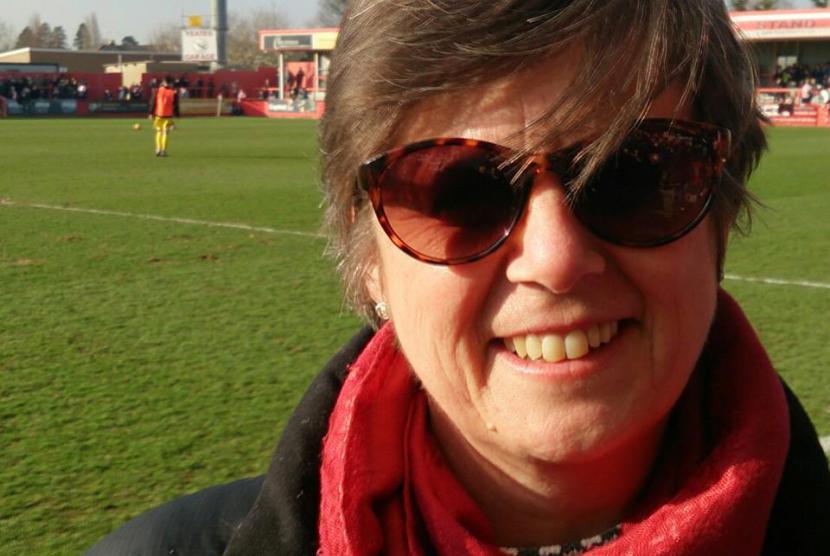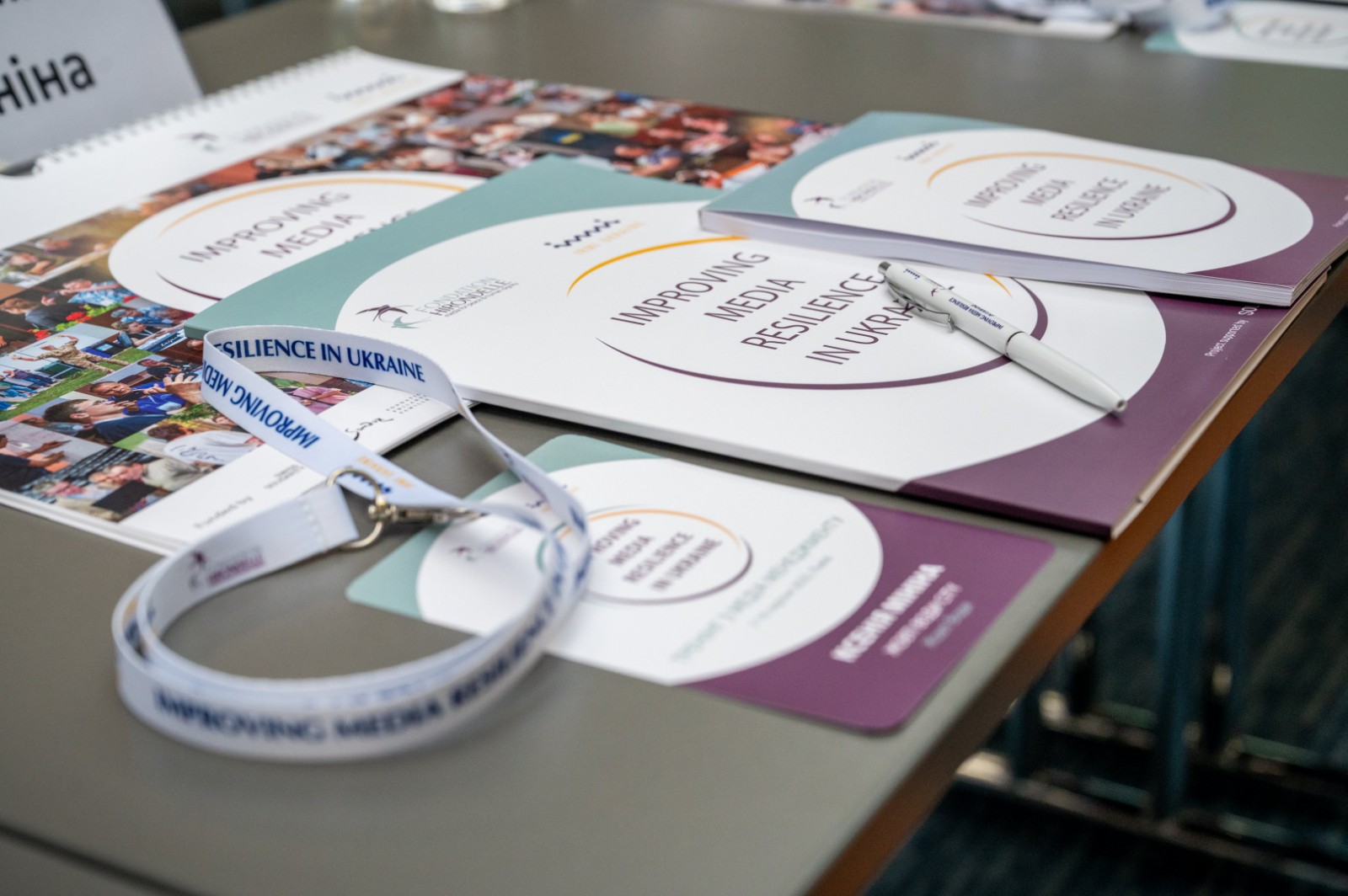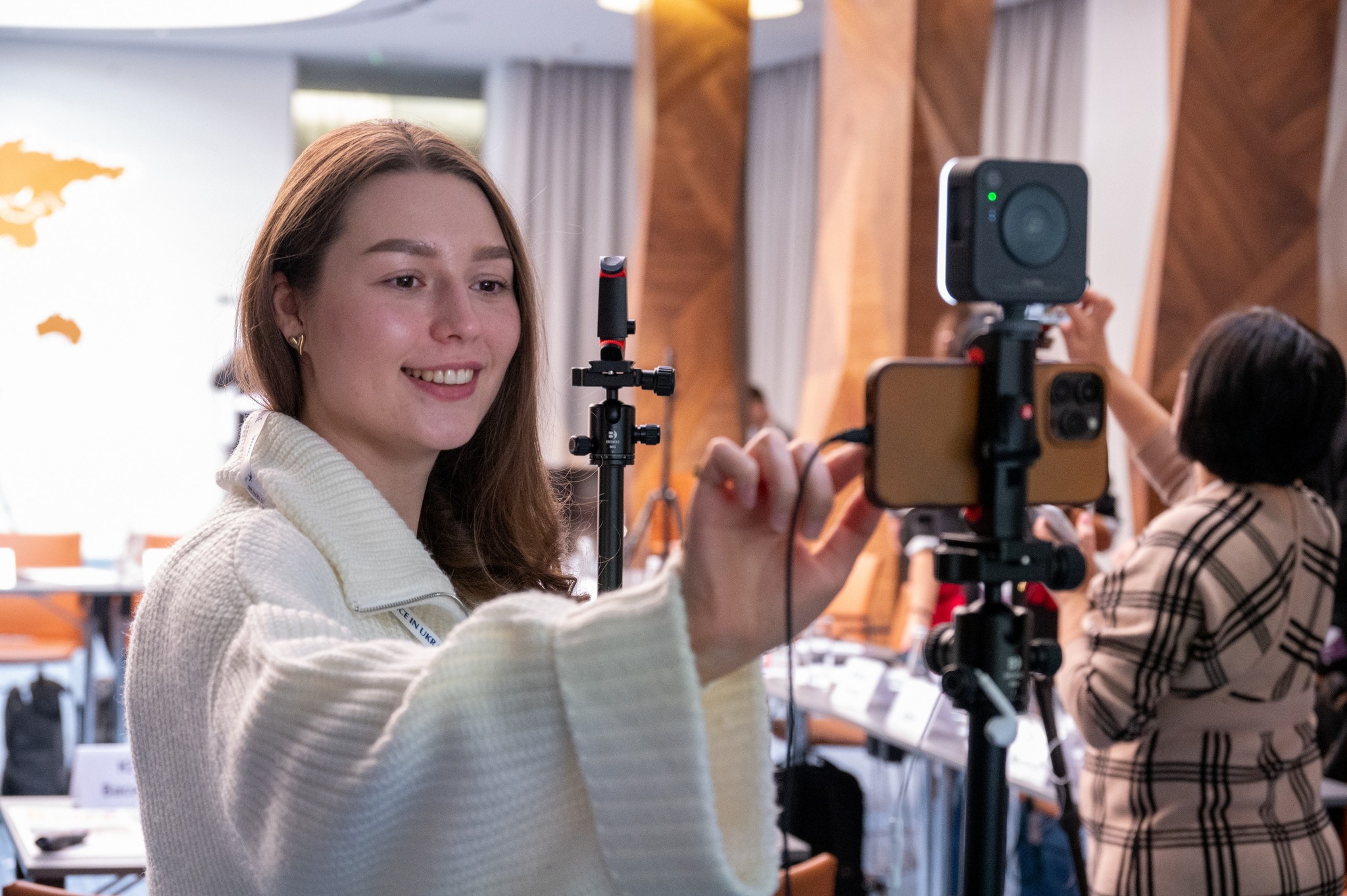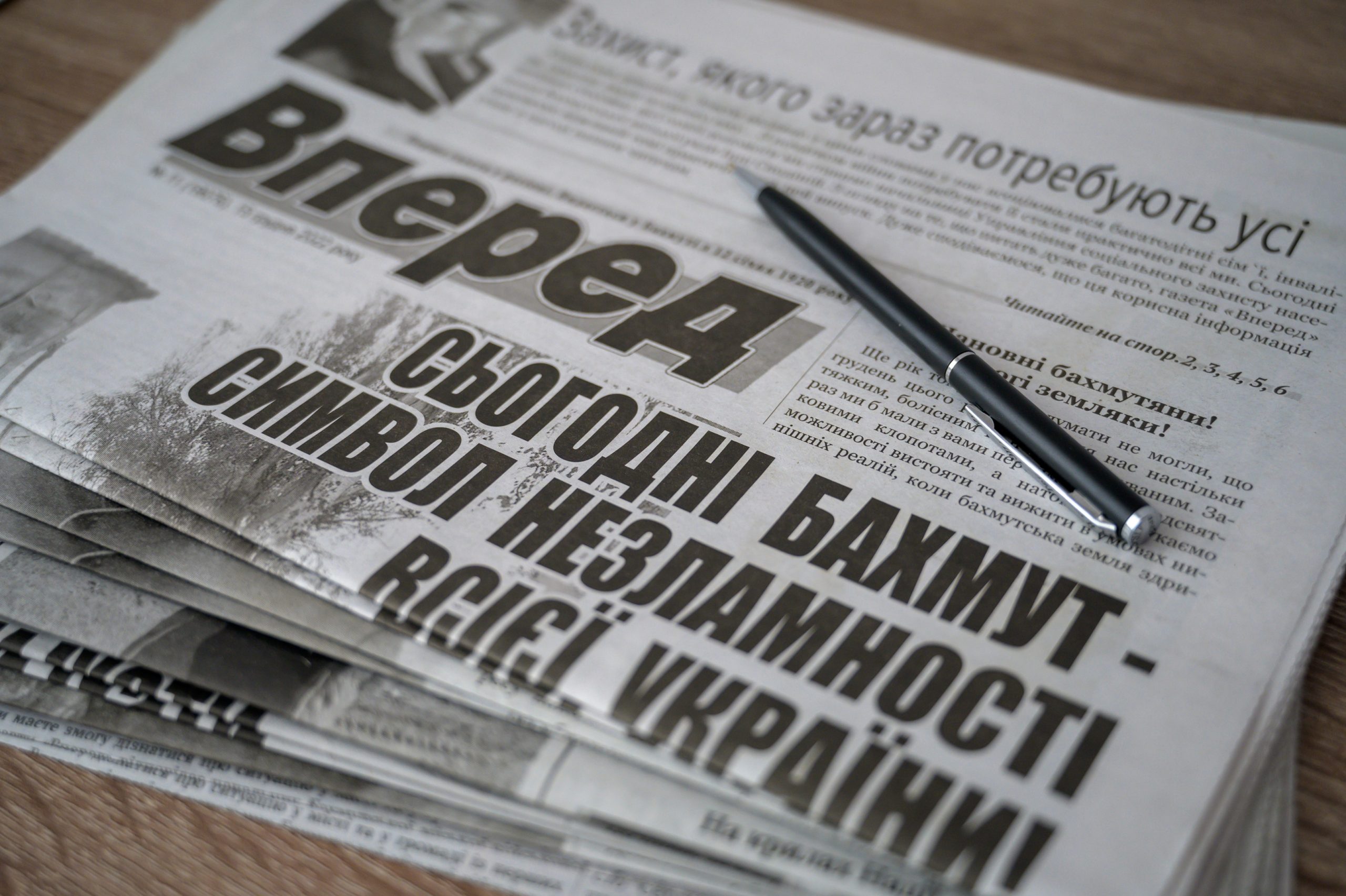Deborah is one of the trainers within the Regional Eye project. She is an experienced TV- journalist and specialist in live production at the BBC, ITV and Al Jazeera and programme editor. Deborah’s professionalism and striking capacity for work were pointed out by all participants of TV production trainings.
“In what way is production training useful for journalists?” – was the first question we asked Deborah.
“Television news is a multi-layered medium in that it relies not just on the script of the journalist but also the sound and images. So as well as the planning and research for a story, the production or how the story is revealed to the viewer is very important”, Deborah says. “The standard of a production training helps the journalist understand the creative techniques available. The aim is to encourage them to produce news items where the pictures and sound complement their scripts to create an engaging and informative piece of work for the viewer.”
– All the participants of the training are working journalists with certain professional background, including in covering IDP-related issues. What new experiences are the trainers planning to share with them? What are the theoretical and practical skills they are going to teach?
– During the course the participants are given time to consider their reports, something that is rare is daily news reporting when there is little time to plan work or reflect on the results. The lack of a daily or hourly deadline means that they have time to research and build a story and develop a more complex narrative. Many of the journalists have only worked on “news reactive” stories where they have to process available information fast to produce their report. This can result in a simplistic report with little exploration of the complex aspects associated with the issues being interrogated by the journalist.
The participants are offered a number of opportunities for filming and interviews related to issues affecting IDPs in the Ukraine and also host communities. Working in teams, the journalists are invited to develop the story as the filming progresses and adapt the filming schedule and the interview opportunities depending on the information they uncover. The team element of the course is important as the participants have to negotiate and compete for access to material, equipment and interviews, important skills for journalists.
During the course journalists are encouraged to consider the visual content of their reports as broadcast journalists. There is a tendency when journalists are working with camera operators, which is still often the case in Ukraine TV that the journalists leave the camera operators to film images and concentrate on their script and story structure. In a multi-media culture when people can access their news and information from numerous different platforms and sources, it is important for journalists working in a visual medium such as television to understand the importance of pictures. One of the main tenents of the course is to encourage journalists to think of their story in pictures and write their script to complement those images – to create a more engaging and dynamic report.
The important basic principles of journalism are encouraged such as balance and accuracy and the right to freedom of expression are combined with encouragement to ensure the stories are told with a more demanding and engaging approach.
The issue of sensitivity in approaching and questioning displaced people is an important aspect of the course. We discuss the style of questioning and also ways a journalist can protect the identity of an individual if they want their story to be told but their identity disguised. Many displaced people are anxious for the safety of relatives who remain in the Donbass and Crimea regions.
– What are the main mistakes that journalists make when working on their stories? What are common things that need to be improved?
– The reporting can be superficial, there is little dissection of information or sophisticated analysis about the challenges faced by IDPs and also the host communities, where, in some cases, there is little attempt to find out about the impact the IDPs can have. This type of reporting can take a little more time and planning but is of greater value to the audience and also the people included in the reports.
As discussed above, often pictures are considered of secondary importance to script and journalists insist on pictures matching their words rather than the words and pictures complementing each other. The former results in a stilted and confusing report, the latter is a more effective form of storytelling and transmitting information which encourages the viewer to keep watching.
There is often too much attention paid to the interviews which the journalists are undertaking and less emphasis on collection of information which can be portrayed in the rest of the script. Accurate information is essential for good journalism to support any statement that is made.
Some of the stories are not balanced, journalists only report on one side of the story whether it is from the perspective of the displaced people or host communities. This lack of balance and representation can lead to misunderstanding and cause resentment within the communities. During the training journalists are offered the opportunity to interview and film numerous different people involved with displaced people including; the people themselves, host communities, government officials, volunteers. They are then encouraged to reflect and represent the various views within their news stories to create a more sophisticated examination of the issues surrounding displaced people in their new communities.
Journalists can confuse refugees and displaced people. Refugees are people who leave their country to find shelter outside its boundaries. Displaced people seek refuge in their own countries. The rights that each group has differ according to where they seek refuge.
– The participants are given two days to work on the story. They don’t have the same conditions on their stations. How can pace and quality be effectively combined?
– The journalists have the opportunity during the course to reflect on their work and change their approach to a story. There is less time available working in their newsrooms on daily stories, although some of the participants have been producing longer magazine style or talk programmes and they do have longer to consider their work.
Planning and research are essential to produce a good news story whether journalists have a day or month to produce an item. Good journalists have to be well organised and focused on what they want to achieve from the people they are interviewing and the information they are obtaining. They will adapt their stories depending on the information they gather but there is little time in regional television newsrooms to waste it on a filming shoot which doesn’t produce material.
– Is producer’s work as complicated as featured in the ‘Morning Glory’ movie? What makes a good producer?
– A good television journalist is always looking for the next story and how it can be interrogated and portrayed in an attractive, engaging and dynamic way. They must be organized but prepared to adapt their story if a more interesting angle develops. Bags of energy are essential as is a sense of humour as things often don’t work out in the way you expect.
Having worked as the programme editor on the UK commercial channel’s breakfast programme, I would suggest the life of producer is every bit as complicated with long hours and hard work but is an incredibly rewarding one and great fun.








